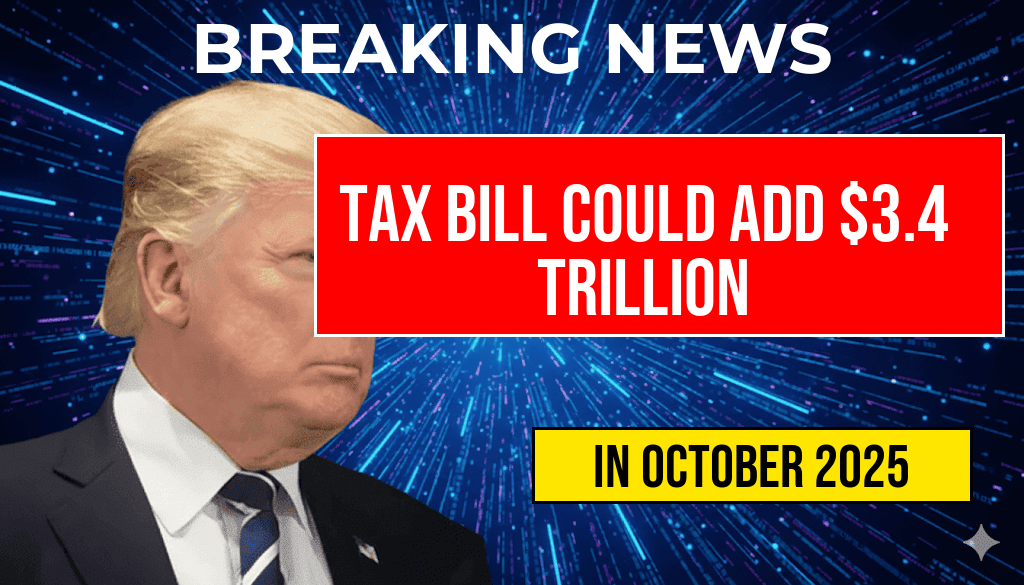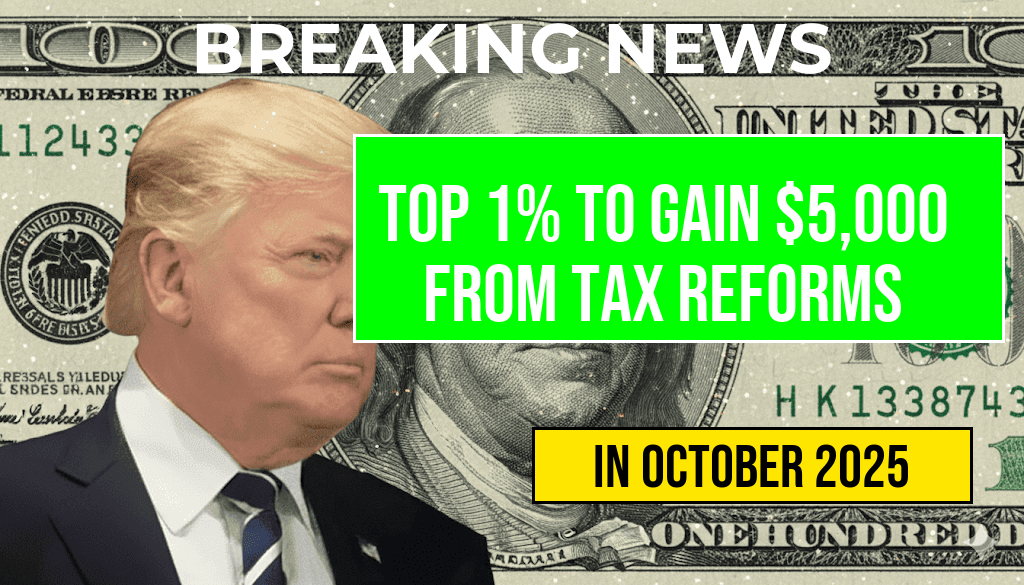Amid mounting debates over fiscal responsibility, a recent legislative proposal dubbed the “One Big Beautiful Bill” has ignited controversy by projecting a potential increase of $3.4 trillion in the federal deficit over the next decade. Critics warn that the bill, touted by its supporters as a comprehensive economic reform package, could significantly undermine efforts to stabilize national finances. While proponents emphasize its intended benefits for economic growth and social programs, fiscal analysts warn that the proposed measures may lead to a substantial rise in government borrowing, risking long-term economic stability.
Details of the ‘One Big Beautiful Bill’
Scope and Components
The legislation, introduced by congressional leaders earlier this month, encompasses a broad array of initiatives. Its primary features include significant tax cuts for corporations and high-income earners, expanded spending on infrastructure, healthcare, and social welfare programs, and new provisions aimed at reducing regulatory burdens on businesses. According to its proponents, these measures are designed to stimulate economic growth, create jobs, and reduce income inequality.
However, independent analyses suggest that the combination of increased spending and tax reductions could dramatically impact the federal budget. The Congressional Budget Office (CBO) estimates that the bill’s fiscal effects could push the national debt to new heights, with a projected increase of $3.4 trillion in the deficit over the next ten years.
Projected Fiscal Impact
| Component | Estimated Cost/Impact |
|---|---|
| Tax Cuts for High-Income Earners | – $1.2 trillion (reduction in revenue) |
| Corporate Tax Reductions | – $950 billion |
| Increased Infrastructure Spending | + $650 billion |
| Expansion of Healthcare and Social Programs | + $1.2 trillion |
| Subtotal | + $3.4 trillion |
This cumulative effect represents a significant increase in federal borrowing needs, raising concerns about long-term debt sustainability. Critics argue that such a deficit spike could elevate interest rates, strain public finances, and limit future policy flexibility.
Political and Economic Reactions
Supporters’ Perspective
Proponents of the bill contend that its provisions will foster a more dynamic economy. They cite potential benefits such as increased investment, higher employment levels, and improved social safety nets. Some lawmakers assert that the bill’s growth-oriented measures will generate enough economic activity to offset the increased borrowing, ultimately leading to a more prosperous nation.
Opposition and Concerns
Opponents, including many economists and fiscal watchdog groups, voice alarm over the bill’s fiscal implications. They argue that increasing the deficit by trillions could have detrimental effects, including inflationary pressures and greater reliance on foreign creditors. The U.S. national debt already exceeds $31 trillion, and critics warn that further borrowing could exacerbate long-term economic vulnerabilities.
Expert Analysis
Economists from institutions such as the Federal Reserve have cautioned that large deficits can distort financial markets and complicate monetary policy. While some argue that deficit spending can be justified during economic downturns, the current proposal’s scale and scope appear to diverge from typical emergency measures.
Historical Context and Future Outlook
Historically, significant increases in federal borrowing have often been associated with economic crises or major policy shifts. The recent proposal raises questions about the nation’s fiscal trajectory, especially considering current debt levels and demographic trends that put pressure on social programs like Social Security and Medicare. Analysts warn that unsustainable deficits could necessitate future tax hikes or spending cuts, impacting generations to come.
Potential Policy Responses
- Reassessment of tax policies to broaden the revenue base
- Implementing fiscal responsibility measures
- Adjusting spending priorities to focus on efficiency and long-term sustainability
Closing Remarks
The debate over the “One Big Beautiful Bill” encapsulates broader tensions between economic growth strategies and fiscal discipline. As lawmakers deliberate its passage, the implications for the nation’s fiscal health remain at the forefront. Stakeholders from across the political spectrum are closely watching whether the proposed measures will bolster economic prospects or trigger a new wave of debt-driven challenges.
Frequently Asked Questions
What is the main purpose of the “One Big Beautiful Bill”?
The primary purpose of the “One Big Beautiful Bill” is to implement significant tax changes aimed at increasing the deficit by three point four trillion dollars.
How will the bill impact the national deficit?
The bill is projected to increase the national deficit by approximately three point four trillion dollars, which could have long-term economic implications.
Who are the main beneficiaries of this bill?
The bill is designed to benefit certain taxpayer groups by altering tax policies, though specific beneficiaries are not detailed in the article.
What are the potential economic risks associated with the bill?
Increasing the deficit significantly may lead to higher interest rates, inflation, and decreased fiscal stability over time.
How might this bill affect taxpayers and government spending?
The bill could lead to changes in tax policies that impact taxpayers directly, while also influencing government spending and budget priorities.






